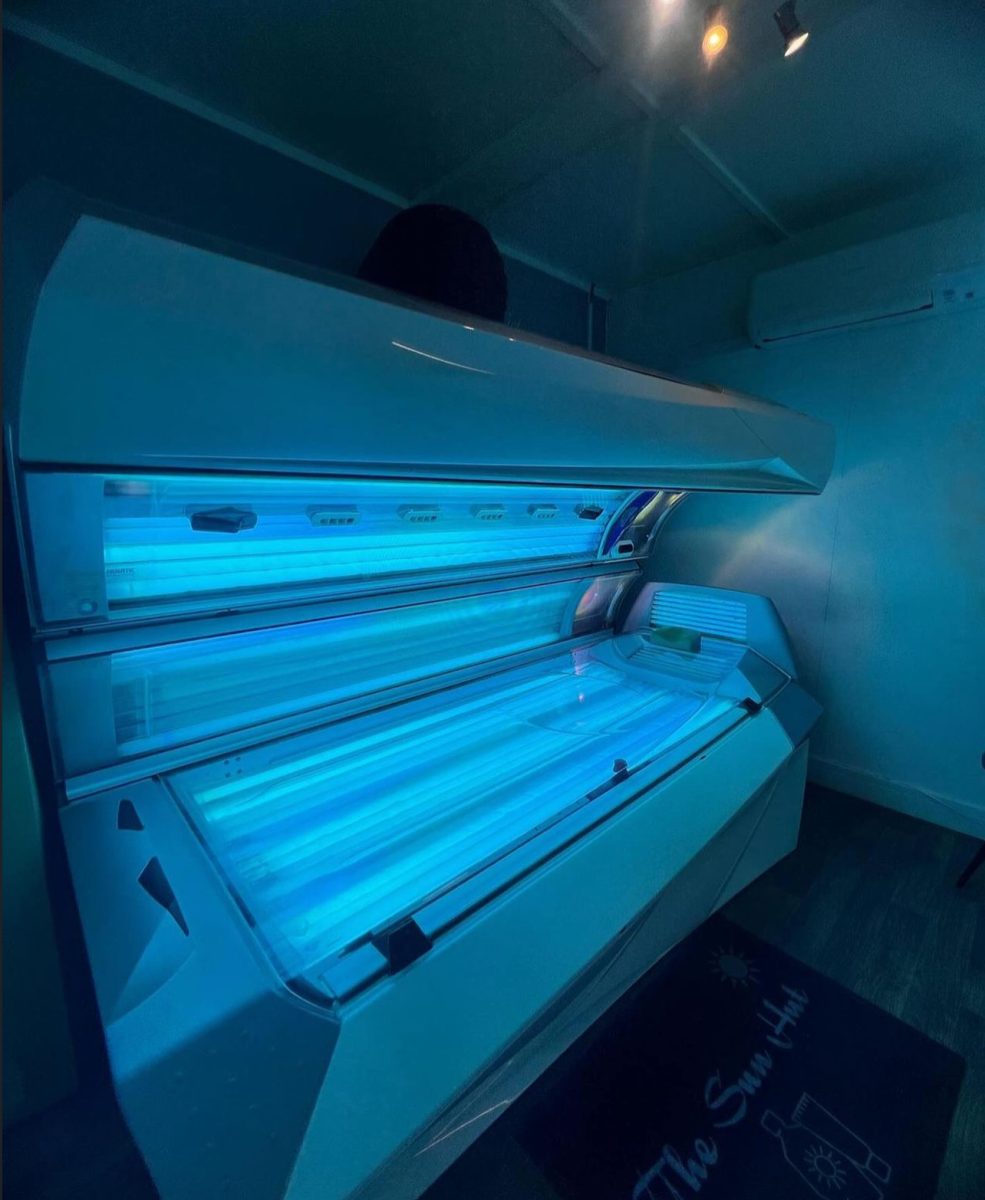
Across America, tanning might just be the quintessential summer rite. A bronzed complexion implies good health and vitality, despite recent studies finding that a tanning bed might actually increase your risk of developing melanoma by 75% . So why do people continue to tan? And why do some continue to do so, despite knowing the consequences? There are many reasons, both cultural and psychological, as to why some might find it difficult to let the tanning bed go.
Particularly in the West, the appearance of tanned skin has been linked to long hours spent outdoors, usually engaged in leisure, though this wasn’t always the case. For much of history, paleness was associated with aristocracy, as workers spent most of their days laboring outside while the rich stayed indoors. Then, things changed when Coco Chanel returned to the States from her vacation in the French Riviera, appearing noticeably sunburnt, unknowingly spawning a multi-billion dollar empire in the process.

In many countries though, paleness is still very much considered the beauty standard. However, shifting standards are only one small part of the equation when it comes down to why someone might choose to tan. Tanning also holds deep psychological benefits .
It can boost your mood and even be addictive. When people tan, it makes them feel better, and combined with the perceived social benefits — being seen as more attractive, feeling more attractive — it’s not difficult to see why many still continue to tan today. Additionally, the influence of social media plays a role in shaping what many people think of as beautiful.
The pervasiveness of celebrities with certain features, including tan skin, has undoubtedly contributed to the rising number of aesthetic procedures, including tanning, which proliferate across our generation today. It should be noted among those who tan, the majority happen to be young people. It’s normal to think that when you’re young, the warning labels don’t apply to you, but health should always be a top priority.
Tanning has dangerous drawbacks, which include increasing your risk of getting skin cancer as well as other skin-related diseases. On top of that, many self-tanning products and spray tans contain an active ingredient, dihydroxyacetone (DHA), which hasn’t currently been approved by the Food and Drug Administration (FDA) “for use in commercial spray tanning booths. Because the FDA doesn’t have any data to prove the safety of inhaling or ingesting the spray, or of getting the spray in your eyes, nose, mouth, or lips.
” DHA is harmful when coming into contact with your eyes, lips and nose, and there is no guarantee that this will not happen at spray tanning booths. Encouraging sun protection and educating people about the risks of tanning is strongly advised but only go so far in preventing people from hitting the tanning bed. A critical look at our cultural fixation on tanning inevitably leads to a discussion about our current beauty standards.
Both social media and celebrities all have a part to play in shaping our current beauty standards, whether consciously or unconsciously. Online, the practice of excessive tanning has been under fire for its potentially problematic uses. You might have heard of the term “blackfishing” used in tandem with celebrities such as Kim Kardashian and Ariana Grande, whose extremely tan complexions have led to accusations of blackface online.
Not everybody who chooses to tan is doing blackface, and tanning by itself isn’t enough to be deemed cultural appropriation, but combined with certain hairstyles or makeup, it could be, at best, misleading and, at worst, cultural appropriation. On an individual level, it’s crucial not to get bogged down by what you see on social media. Prioritizing your health, both physical and mental, is important.
Personally, when it comes to tanning, I think it would be more productive to approach it from a place of empathy than from a place of critique or judgment. It’s normal to want to feel and be seen as beautiful and, in turn, to emulate what society has long pushed to us as beautiful. In addition, tanning has been proven to be a relaxing outlet for those who might not be able to find the time to relax on their own.
Of course, there are probably safer hobbies to be indulged in, but I digress. It’s perfectly understandable to want to resemble those you see on social media, although not at the expense of your own health. At the risk of sounding trite, one skin tone shouldn’t be held as superior over another, and we should be able to appreciate one without looking down on the other.
But reevaluating our fixation on a tan complexion requires us to reassess our current beauty standards, and perhaps more pressingly, how futile they really are. So next time you decide to hit the beach and soak in some sun, maybe reconsider. Have fun, but make sure to pack on your SPF in order to avoid getting burned.
Britney Phan, FCRH ’26, is an English major from the Bronx, N.Y..














